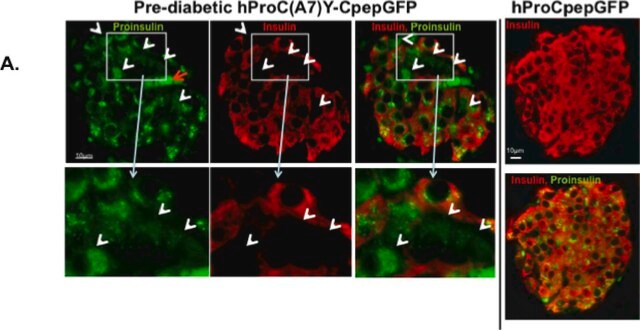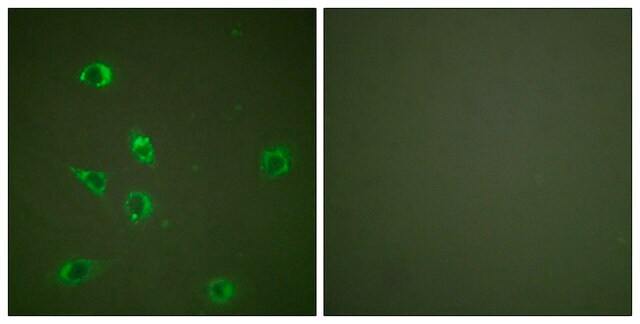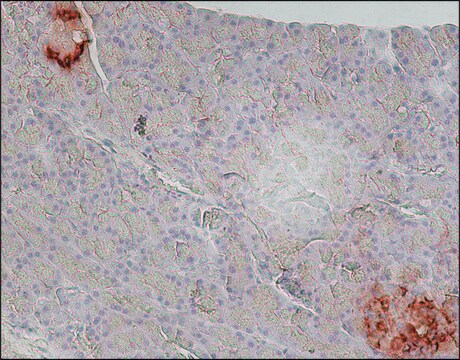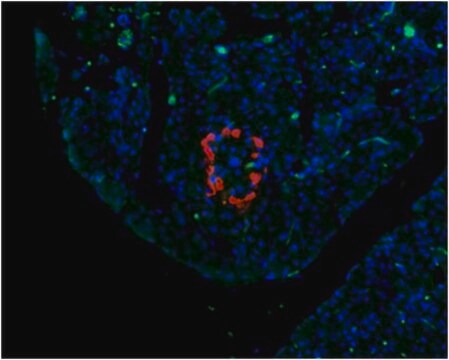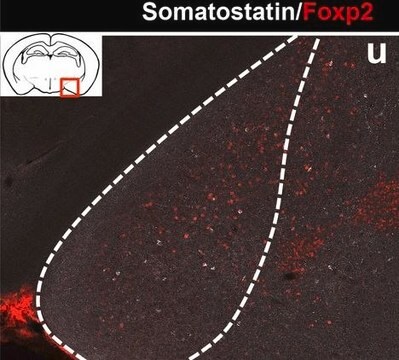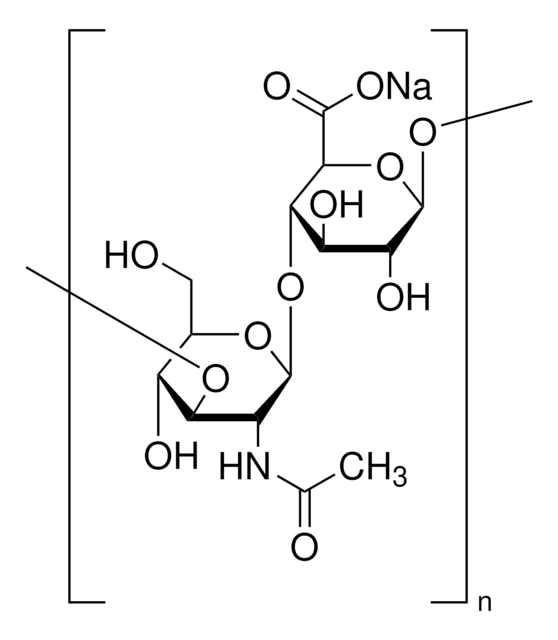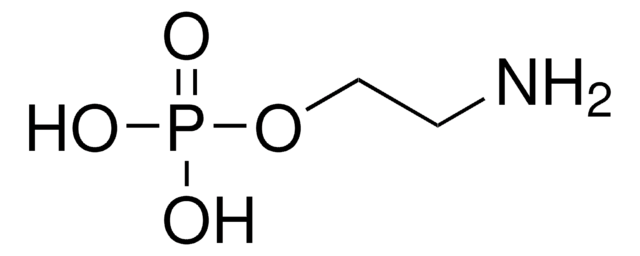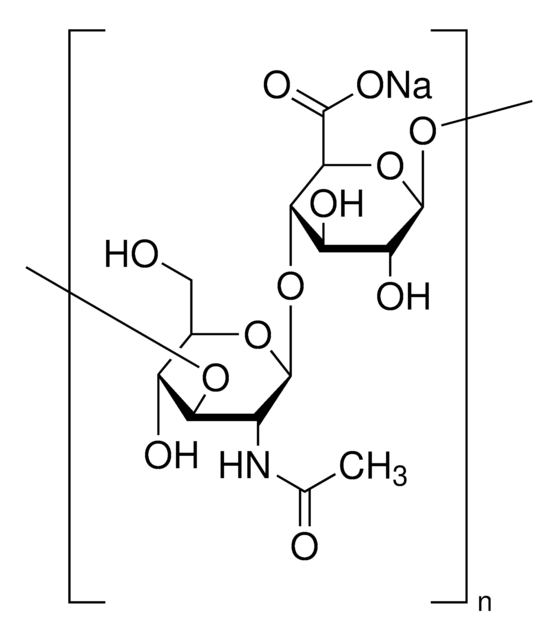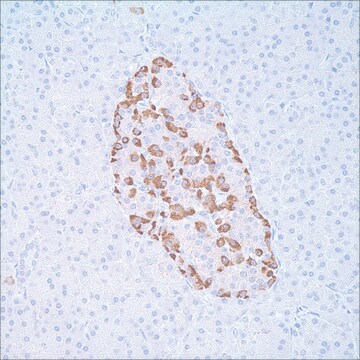G2654
Monoclonal Anti-Glucagon antibody produced in mouse
clone K79bB10, ascites fluid
Sinonimo/i:
Glucagon Antibody, Glucagon Antibody - Monoclonal Anti-Glucagon antibody produced in mouse
About This Item
Prodotti consigliati
Origine biologica
mouse
Livello qualitativo
Coniugato
unconjugated
Forma dell’anticorpo
ascites fluid
Tipo di anticorpo
primary antibodies
Clone
K79bB10, monoclonal
contiene
15 mM sodium azide
Reattività contro le specie
feline, canine, mouse, guinea pig, rat, rabbit, human, pig
tecniche
dot blot: suitable
immunohistochemistry (formalin-fixed, paraffin-embedded sections): 1:2,000 using human or animal pancreas
radioimmunoassay: suitable
Isotipo
IgG1
N° accesso UniProt
Condizioni di spedizione
dry ice
Temperatura di conservazione
−20°C
modifica post-traduzionali bersaglio
unmodified
Informazioni sul gene
human ... GCG(2641)
mouse ... Gcg(14526)
rat ... Gcg(24952)
Descrizione generale
Specificità
Monoclonal anti-Glucagon antibody can be used as an analytical tool for quantification of the hormone. It can also be used for immunocytochemical staining of formalin fixed and Bouin-fixed, paraffin-embedded pancreatic tissue sections. Mouse anti-Glucagon antibody reacts specifically with pancreatic glucagon. The product has also shown cross reactivity with glucagon-containing cells in fixed sections of pancreas from dog, mouse, rat, rabbit, porcine, guinea pig, cat and human and weak cross reactivity for gut glucagon (enteroglucagon).
Immunogeno
Applicazioni
- for the immunostaining of pancreatic tissue
- in flow cytometry and immunofluorescence imaging of pancreas cells
- for immunohistochemistry and morphology of pancreas
Azioni biochim/fisiol
Glucagon-specific antibodies would prove useful as an a cell and tumor markers applying immunohistochemical techniques, and as an analytical tool in quantification of the hormone.
Esclusione di responsabilità
Non trovi il prodotto giusto?
Prova il nostro Motore di ricerca dei prodotti.
Codice della classe di stoccaggio
12 - Non Combustible Liquids
Classe di pericolosità dell'acqua (WGK)
nwg
Punto d’infiammabilità (°F)
Not applicable
Punto d’infiammabilità (°C)
Not applicable
Certificati d'analisi (COA)
Cerca il Certificati d'analisi (COA) digitando il numero di lotto/batch corrispondente. I numeri di lotto o di batch sono stampati sull'etichetta dei prodotti dopo la parola ‘Lotto’ o ‘Batch’.
Possiedi già questo prodotto?
I documenti relativi ai prodotti acquistati recentemente sono disponibili nell’Archivio dei documenti.
I clienti hanno visto anche
Il team dei nostri ricercatori vanta grande esperienza in tutte le aree della ricerca quali Life Science, scienza dei materiali, sintesi chimica, cromatografia, discipline analitiche, ecc..
Contatta l'Assistenza Tecnica.